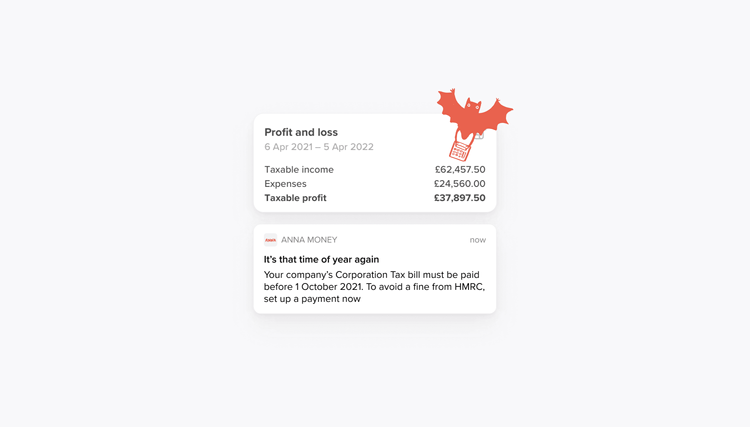So you want to know more about VAT? It can appear to be wrapped in mystery if you've never had to pay it before, but being VAT registered could bring real financial advantages. Read on for everything you need to know about VAT, but were too afraid to ask.

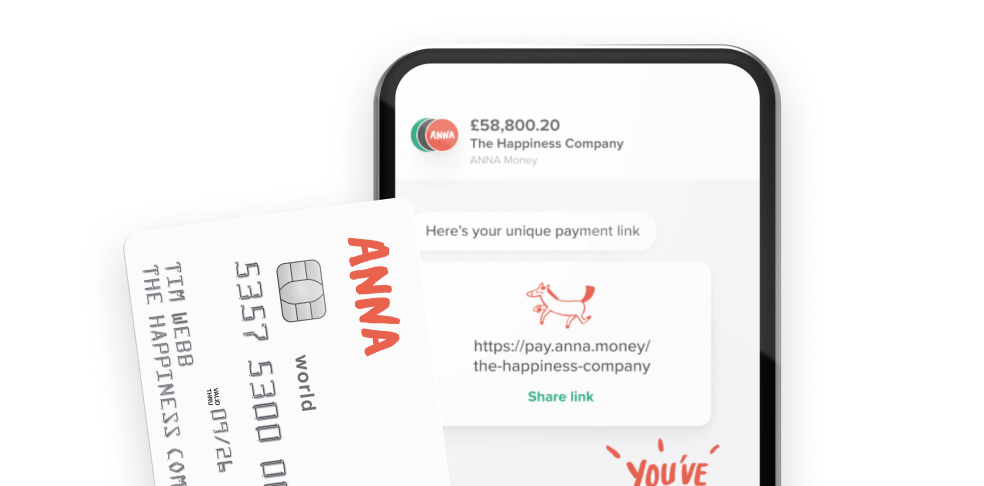
- In this article
- What is VAT?
- How is VAT charged?
- What is the VAT rate in the UK?
- How much can I earn before I pay VAT?
- Which VAT scheme should I use?
- I'm a sole trader, do I still have to pay VAT?
- How do I charge VAT?
- What are the advantages of being VAT registered?
- How do I register for VAT?
- All about that VAT
What is VAT?
It's a tax added to most goods and services. Whether you’re a business or individual, you'll pay it on purchases from stationery to taxis. Businesses whose turnover exceeds the threshold of £85,000 will need to add it to the cost of their goods and services.
How is VAT charged?
Whether you're a sole trader or a limited company, you have to register for VAT if your turnover exceeds the threshold during a rolling 12-month period. You must register immediately if you expect your total VAT taxable turnover to exceed £85,000 in the next 30 days.
If your business is registered, you must charge VAT on applicable goods and services. However, you may reclaim any VAT you’ve paid on purchased goods or services related to subsequent sales to your customers.
Once registered, you’ll need to complete a return each quarter. This is where you declare how much VAT you have charged, and how much you have paid.
If you’ve charged more VAT than you’ve paid, you’ll have to pay the difference to HMRC. Conversely, if the company has paid more than you charged, you may claim this back from HMRC.
What is the VAT rate in the UK?
The standard VAT rate is 20%. Some goods and services are subject to VAT at a reduced rate of 5% (including domestic fuel, mobility aids and children’s car seats) or 0% (including most food, children's clothing, bike and motorbike helmets and books).
Other services are exempt from VAT (including financial services, insurance, sports activities and health services).
You can see the full breakdown of VAT rates on the gov.uk website.
How much can I earn before I pay VAT?
The current threshold is £85,000. All businesses that provide goods and services that fall within the 20% VAT bracket, and whose taxable turnover exceeds the threshold must register for VAT. Note that the turnover threshold is for a rolling 12 month period — not a trading year.
Which VAT scheme should I use?
There are different VAT schemes on offer, depending on the turnover of your business. Discuss which option is the most tax efficient for your business with your accountant. The most common are:
Standard Accounting: this is the common-or-garden scheme whereby businesses submit a VAT return four times per year. Any VAT you owe must be paid quarterly. Any VAT refunds you are due will also be repaid quarterly.
The Flat Rate: for businesses with a turnover of less than £150,000 per year. This is a popular scheme with small businesses and sole traders, requiring payment of a fixed percentage of turnover to HMRC every quarter. It reduces your admin, as you don’t have to record the VAT that you charge on every sale and purchase as you do with Standard Accounting. So less time on the books, less chance of errors, and more peace of mind and time for your business — something that ANNA firmly advocates. You also get a 1% reduction thrown in to your first year. Yay.
Note the VAT Flat Rate Scheme might not be right for your business if you buy mostly 20% rated items, as you can’t claim back any VAT on purchased goods and expenses for your business. However, you may reclaim VAT on capital asset purchases over £2,000 — so you can still upgrade your laptop.
Annual Accounting: this scheme is designed for businesses with a turnover below £1.35 million per year and lets you make advance payments towards your bill spread through the year. You file one VAT return p/a, pay the balance or claim back a reimbursement for any overpayments.
Cash Accounting: common among small businesses with a turnover below £1.35 million per year. You pay HMRC the VAT income you’ve actually received during a quarter. You can’t claim VAT back for any outstanding invoices.
I'm a sole trader, do I still have to pay VAT?
The same rules apply to sole traders and freelancers as they do to a limited company: if your annual turnover exceeds £85,000 in the previous 12 months — or if you expect it to do so in the subsequent month — you have to register for VAT.
You need to begin keeping records and charging VAT to your customers from the date of registration.
Your business will be VAT registered in your name, unlike limited companies which are registered in the name of the company.
How do I charge VAT?
Once you’ve established which VAT rate applies to your business — usually 20% — and successfully registered, you must add that 20% on a separate line on your invoice or receipt to all your customers. Also include the VAT registration number, though this can be done more discreetly in a smaller size at the bottom of the page.
What are the advantages of being VAT registered?
It's more hassle and responsibility to be VAT registered — so, if you’re eligible it’s worth considering the more streamlined Flat Rate scheme outlined above.
However, there are benefits: you can reclaim the VAT paid on everything you purchase for the business — from laptops to stationery and leased office equipment.
So it’s particularly advantageous to be registered if you purchase large quantities of VAT rated goods or services and sell them on as part of your business. But beware the false economy — weigh up the potential savings versus the time required to manage your VAT returns.
Some sole traders opt to register for VAT even if their turnover is below the threshold, as it can give the impression of being a larger or more established company. A little smoke and mirrors never hurt… on a more practical note, you’ll avoid having to watch out for the threshold. If you wish, you can register for VAT in advance, before your turnover reaches £85,000 per year.
It’s worth mentioning the benefit of not being VAT registered. As a business owner with a smaller turnover your prices can be that bit lower than a VAT registered competitor — giving you an advantage.
How do I register for VAT?
Visit the gov.uk site to register, or you can obtain the relevant forms from your accountant and register via post.
Gather the following information together in advance:
- Your Unique Tax Reference — the ten digit number you received when you registered to pay Corporation Tax.
- Your business’ bank account details.
- Your company number and registered address.
- Details of any associated businesses from the past two years.
Upon registering you’ll receive a VAT registration certificate (VAT4) stating:
- Your VAT registration number
- The date you need to submit your first VAT Return and payment by
- Your Effective Date of Registration
Et voila, you are ready to rock that VAT!
All about that VAT
Over the years VAT has stoked plenty of debate and not a little controversy.
Some VAT special cases involving ratings around food classification have invited raised eyebrows.
Remember the Jaffa cake debate? McVities, the brand behind them argued they were simply small cakes and should be zero-rated. HMRC lobbied for a 20% biscuit rating because of their shape, size and that they were usually wolfed down like biscuits. This debate rose all the way to the Upper Tribunal where judges ruled in McVities favour. One nil to cakes.
Not even the simple gingerbread man can escape the watchful eye of the tax man: if it has two chocolate spots for eyes, then its zero-rated — but if it’s adorned with any other chocolate decoration — belt, braces, bow-tie — then 20% VAT applies. A naked gingerbread man is a cheap gingerbread man.
Frozen foods are zero-rated in the UK. But ice cream, frozen yoghurt, lollies and sorbets are subject to standard 20% rate VAT.
There is an arguable logic behind each decision, but no doubt you’ll have other more important things to do with your working day than read about the intricacies of VAT rating!
Read the latest updates
You may also like
Open a business account in minutes



![How to Start a Currency Exchange Business in the UK [Guide]](https://storage.googleapis.com/anna-website-cms-prod/medium_Cover_3000_Landscaping_Business_Names_Creative_Name_Ideas_daad2f9e2a/medium_Cover_3000_Landscaping_Business_Names_Creative_Name_Ideas_daad2f9e2a.webp)


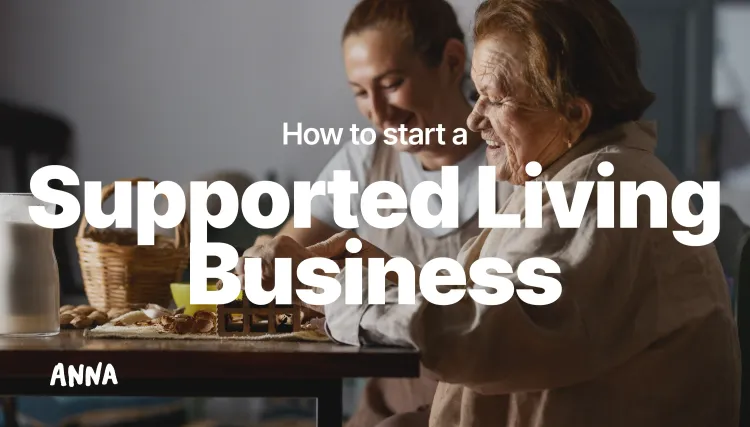

![140 Creative Tutoring Business Names [Ideas & Examples]](https://storage.googleapis.com/anna-website-cms-prod/medium_Cover_3000_Landscaping_Business_Names_Creative_Name_Ideas_d7964059b3/medium_Cover_3000_Landscaping_Business_Names_Creative_Name_Ideas_d7964059b3.webp)

![How to Start a Self-Employed Business in the UK [Guide]](https://storage.googleapis.com/anna-website-cms-prod/medium_Cover_3000_Landscaping_Business_Names_Creative_Name_Ideas_fe5b6edef1/medium_Cover_3000_Landscaping_Business_Names_Creative_Name_Ideas_fe5b6edef1.webp)
![How to Start an Electrician Business in the UK [Guide]](https://storage.googleapis.com/anna-website-cms-prod/medium_Cover_3000_How_to_Start_a_Car_Detailing_Business_Successfully_74488a6268/medium_Cover_3000_How_to_Start_a_Car_Detailing_Business_Successfully_74488a6268.webp)

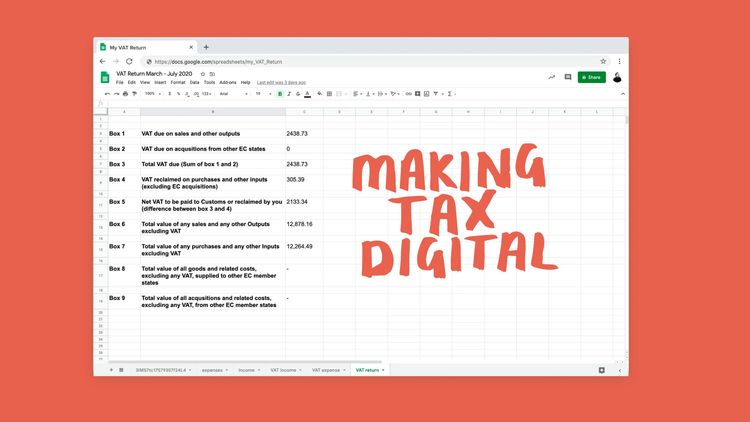

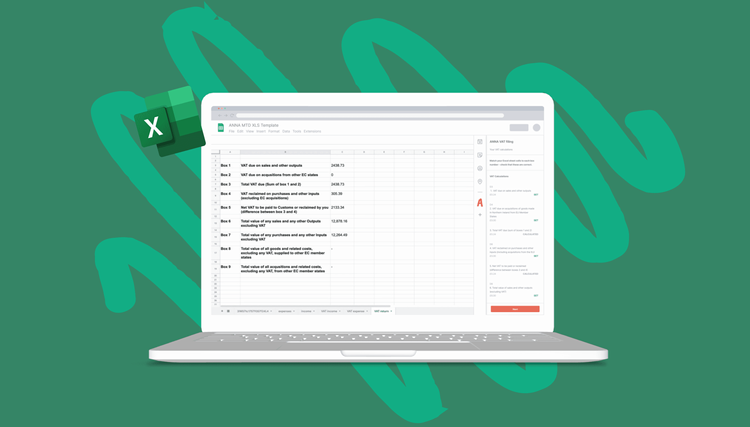

![How to Check a UK VAT Number [Comprehensive Guide & Tips]](https://storage.googleapis.com/anna-website-cms-prod/medium_a_Ewt17_NJE_Fa_PX_8u_L_Cover3000_Howtochecka_UKVAT_Number_5c361cc53b/medium_a_Ewt17_NJE_Fa_PX_8u_L_Cover3000_Howtochecka_UKVAT_Number_5c361cc53b.webp)
![Can a UK Company Register for VAT in Ireland? [Full Guide]](https://storage.googleapis.com/anna-website-cms-prod/medium_Cover_Large_d5917ee7e3/medium_Cover_Large_d5917ee7e3.webp)




